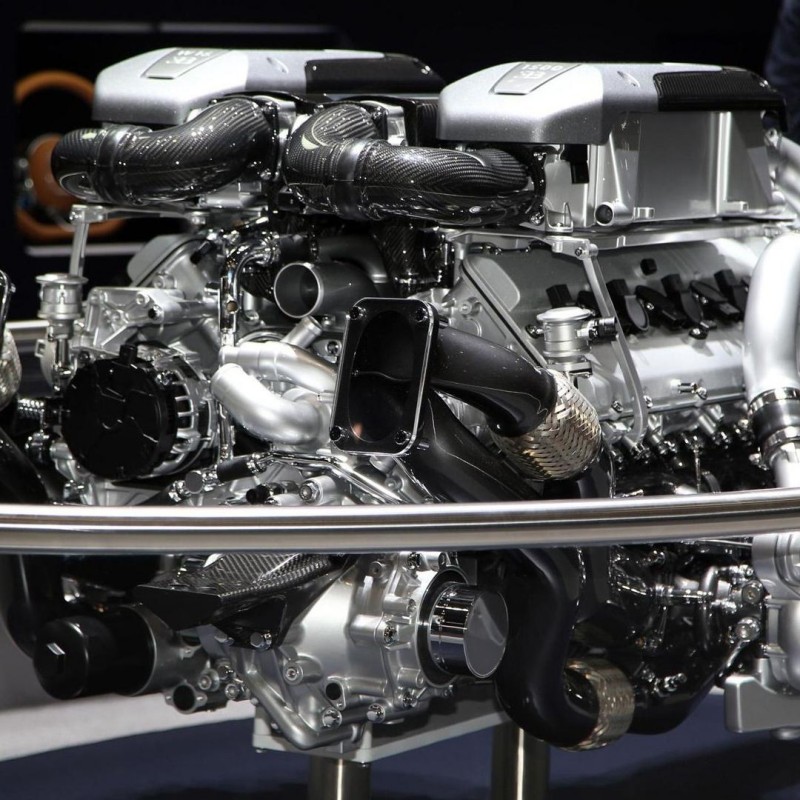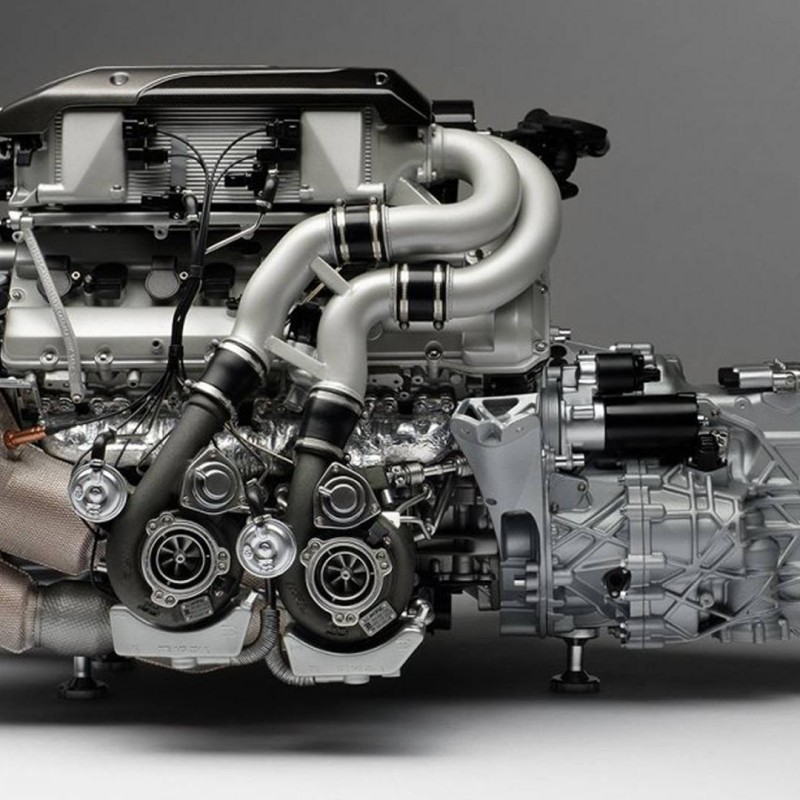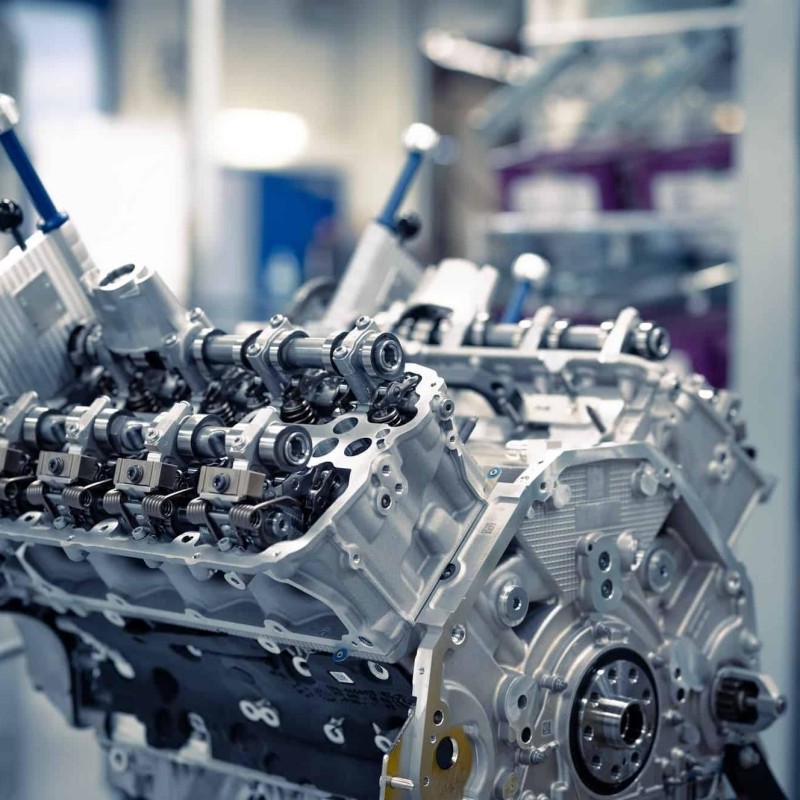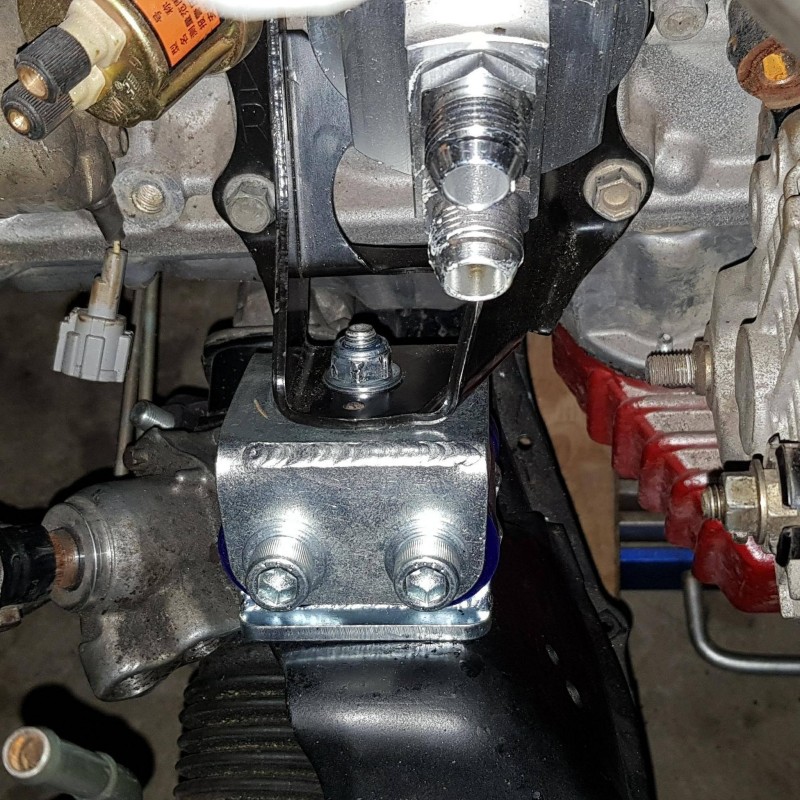The world of engines is vast and complex, encompassing a wide range of designs and functions that power vehicles and machinery across the globe. From the engines that drive our cars to those that fuel aircraft, boats, and various industrial machines, understanding the types of engines is essential for anyone interested in mechanics, transportation, or technology. Engine types can be broadly categorized based on their cycle, fuel source, and application, illuminating the significant differences and advantages of each. In this article, we will delve into the various types of engines, exploring internal combustion engines, external combustion engines, electric engines, and hybrid variations. We will also discuss their operational principles, efficiency, advantages, and disadvantages. By the end of our exploration, you will have a well-rounded understanding of the different engine types and how they contribute to modern technology and transportation.
Types of Engines: An Overview
Understanding the different types of engines begins with recognizing their primary categories. Broadly speaking, engines can be categorized into two major groups: internal combustion engines and external combustion engines. These categories highlight the mechanisms by which engines convert fuel into mechanical energy. Additionally, recent advancements have led to the emergence of electric engines and hybrid engines, which utilize varying fuel sources for power. Let’s take a closer look at the distinctions among these engine types.
Internal Combustion Engines
Internal combustion engines (ICE) are perhaps the most common engines found in automobiles and machinery today. They operate by burning fuel internally to produce power. This burning process takes place within a combustion chamber, which generates high-pressure gas that drives a piston connected to a crankshaft. The motion of this crankshaft ultimately powers the vehicle or equipment.
Types of Internal Combustion Engines
- Spark Ignition Engines (SI)
Spark ignition engines utilize a spark plug to ignite a fuel-air mixture in the combustion chamber. These engines primarily run on gasoline or natural gas. The most popular example of a spark ignition engine is the gasoline engine found in most cars. These engines emphasize efficiency and performance but require strict control over the air-fuel mixture for optimal functionality. - Compression Ignition Engines (CI)
Compression ignition engines, commonly known as diesel engines, achieve ignition through compression rather than a spark. The air in the combustion chamber is compressed to a high temperature, allowing fuel to ignite when injected. Diesel engines are renowned for their power and fuel efficiency, which makes them a preferred choice in heavy-duty applications like trucks and ships. - Two-Stroke Engines
Two-stroke engines accomplish a complete cycle of intake, compression, combustion, and exhaust in just two strokes of the piston. They offer a simpler design and are lighter than four-stroke engines. Commonly found in dirt bikes, lawnmowers, and chainsaws, two-stroke engines are easier to manufacture but generally emit more pollution and are less fuel-efficient. - Four-Stroke Engines
In contrast, four-stroke engines have a more complex cycle, requiring four strokes of the piston to complete a cycle. This type of engine is typically more fuel-efficient and produces fewer emissions compared to two-stroke engines, making them a popular choice for automobiles and generators.
External Combustion Engines
External combustion engines operate on a principle distinct from internal combustion engines. Here, fuel is burned outside of the engine itself, producing heat that then transfers to a working fluid, such as steam or gas, which in turn drives a piston or turbine. The most common example is the steam engine, which utilizes steam produced by burning coal or other fuels.
Types of External Combustion Engines
- Steam Engines
Steam engines utilize steam produced by boiling water to create pressure. This pressure drives pistons or turbines, converting thermal energy into mechanical energy. While steam engines are less common in modern transportation, they played a significant role during the Industrial Revolution and are still used in some specialized applications, such as steam power plants. - Stirling Engines
Stirling engines are highly efficient external combustion engines that operate through cyclic compression and expansion of gas. They use a heat source to expand gas, which then drives a piston. Stirling engines are often regarded for their fuel flexibility and low noise output, making them suitable for regenerative energy applications.
Electric Engines
Electric engines, or electric motors, are another significant category that has gained immense popularity over the past few decades. These engines convert electrical energy into mechanical energy, commonly seen in electric vehicles (EVs) and various household appliances.
Types of Electric Engines
- DC Motors
Direct current (DC) motors utilize direct electrical current to generate rotational motion. They are compact and provide high torque at low speeds, making them ideal for applications like small electric vehicles, power tools, and robotics. - AC Motors
Alternating current (AC) motors operate on alternating electrical current and are widely used in industrial applications. They are generally more durable and efficient for applications requiring continuous operation, such as pumps, fans, and large machinery. - Brushless Motors
Brushless motors eliminate the need for physical brushes by using electronic controllers to regulate the power supply. They are more efficient and have a longer lifespan compared to brushed motors. Brushless motors are commonly found in electric vehicles, drones, and computer cooling systems. - Stepper Motors
Stepper motors divide a full rotation into several discrete steps, allowing for precise control of angular position. They excel in applications requiring accurate positioning, such as 3D printers and CNC machines.
Hybrid Engines
Hybrid engines combine the principles of internal combustion and electric engines to maximize efficiency and reduce emissions. They utilize both a traditional engine and an electric motor to deliver power, providing versatility for various driving conditions.
Types of Hybrid Engines
- Parallel Hybrid Engines
In parallel hybrid systems, both the internal combustion engine and the electric motor can provide power to the wheels simultaneously. This configuration enhances fuel efficiency during specific conditions, such as acceleration or cruising, allowing the vehicle to switch between power sources as needed. - Series Hybrid Engines
Series hybrid systems employ the internal combustion engine to generate electricity that powers the electric motor, which drives the wheels. The vehicle essentially runs on electric power while allowing the gasoline engine to operate at optimal efficiency, frequently charging the onboard battery. - Plug-in Hybrid Engines
Plug-in hybrid systems offer the benefit of external charging, allowing for a greater electric-only driving range. These vehicles can be charged at home or charging stations, providing flexibility and reducing gasoline dependency. Drivers can utilize electric power for shorter trips while retaining the backup of a gasoline engine for longer journeys.
Comparing Engine Types: Advantages and Disadvantages
Internal Combustion Engines
Advantages:
- Established technology with a vast infrastructure.
- High power output especially in diesel models.
- Lower upfront costs compared to electric vehicles.
Disadvantages:
- Higher emissions and negative environmental impact.
- Dependence on fossil fuels.
- Maintenance demands can increase over time.
External Combustion Engines
Advantages:
- Often more efficient in certain applications.
- Potential for utilizing various fuel sources.
- Lower emissions compared to some internal combustion designs.
Disadvantages:
- Typically bulkier and more complex than internal combustion engines.
- Limited use in modern transportation.
- Efficiency can be affected by heat losses.
Electric Engines
Advantages:
- Zero emissions during operation, reducing environmental impact.
- Lower maintenance costs and fewer mechanical issues.
- Instant torque and smooth acceleration.
Disadvantages:
- Limited driving range compared to internal combustion engines.
- Dependence on charging infrastructure can be a barrier.
- Battery production can pose environmental challenges.
Hybrid Engines
Advantages:
- Increased fuel efficiency compared to traditional internal combustion engines.
- Reduced emissions due to the combination of electric and gasoline power.
- Greater driving range with versatility for different driving conditions.
Disadvantages:
- Higher initial purchase costs.
- Complexity can lead to increased maintenance requirements.
- Dependence on fossil fuels still exists, although reduced.
Future Trends in Engine Technology
The Shift Towards Sustainability
As society becomes increasingly aware of climate change and environmental degradation, the focus on sustainable energy sources has shaped the future of engine technology. Many manufacturers are investing heavily in research and development to produce cleaner, more efficient engines that minimize the impact on the environment.
Advancements in Electric Vehicles
The electric vehicle market is witnessing rapid growth due to advancements in battery technology and increased charging infrastructure. With improved battery life and reduced charging times, electric engines are becoming more practical for everyday consumers. This shift highlights the potential for electric engines to dominate the market in the coming years.
Hydrogen Fuel Cells
Hydrogen fuel cells are gaining traction as a clean alternative to traditional engines. By combining hydrogen and oxygen to produce electricity, these fuel cells emit only water vapor, making them an environmentally friendly option. Companies are exploring hydrogen-powered vehicles, particularly in heavy-duty transport and longer-range applications.
Intelligent Engine Management Systems
Innovations in electronics and software are transforming engine management systems, allowing for enhanced performance and efficiency. By integrating advanced sensors, data analytics, and artificial intelligence, modern engines can adapt to changing conditions, optimize fuel usage, and improve overall performance.
Conclusion
Understanding the various types of engines is crucial, particularly as we navigate a rapidly evolving technological landscape. Each type serves specific applications and offers distinct advantages and disadvantages. From traditional internal combustion engines to the rise of electric and hybrid systems, the journey toward finding efficient, sustainable, and innovative engine technologies continues.
As advancements unfold, the automotive, aviation, and industrial sectors will rely heavily on these innovations to meet growing demands while minimizing environmental impacts. With ongoing research and development, the future of engine technology promises exciting possibilities. By keeping abreast of these developments, you can appreciate how different engine types contribute to the modern world, ultimately leading us toward a more sustainable future.


